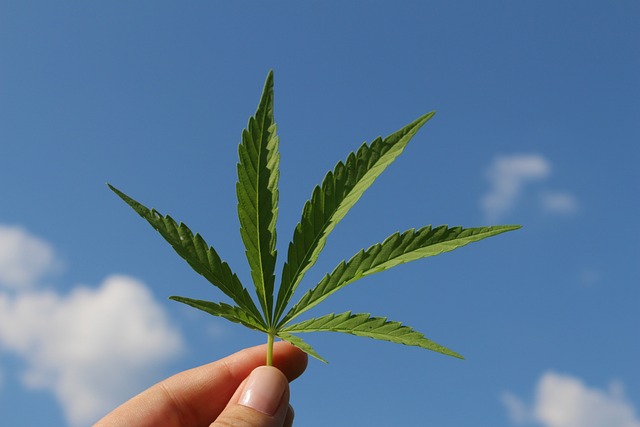
Perhaps you’re ready to dip your toe into the wide world of medical and recreational cannabis. You’ve probably heard quite a lot about cannabinoids and their medical applications.
It’s only natural to have a few questions. The most obvious one is what exactly are cannabinoids, and how do you consume them? Simple enough. But there’s one other common question that’s even more important.
The question of what’s the difference between major vs minor cannabinoids in medical marijuana. Here’s a guide to clear up the confusion.
What are the Major Cannabinoids
Cannabinoids are the major active ingredient in marijuana. There are over 60 types of cannabinoids, but only a handful have been studied. The most well-known cannabinoid is THC (tetrahydrocannabinol). This is the main psychoactive ingredient in marijuana.
Cannabidiol (CBD) is another important cannabinoid. It has shown promise in treating various medical conditions. These conditions include epilepsy, cancer, pain, and anxiety.
What are the Effects of Major Cannabinoids
THC handles the psychoactive effects of cannabis, while CBD is known for its medicinal properties. Cannabinoids interact with the body’s endocannabinoid system. The endocannabinoid system regulates various functions, including pain, appetite, mood, and memory.
When cannabinoids are introduced into the body, they can produce a variety of effects, depending on the individual. Some people may experience a heightened sense of well-being. Others may feel more relaxed or tired.

What are Minor Cannabinoids
Minor cannabinoids are those cannabinoids that are not as well-known or researched. Some examples of minor cannabinoids include CBG, CBN, and THCV. While minor cannabinoids have not been studied as extensively, there is growing interest in their potential therapeutic benefits.
There are also a few new minor cannabinoids that are quickly gaining attention. One of these is the hemp cannabinoid known as Cannabicitran, or CBT, which is a very rare minor cannabinoid.
What are the Effects of Minor Cannabinoids
There are many minor cannabinoids found in cannabis, including CBG, CBC, and CBDV. These cannabinoids have been shown to have various medicinal properties, including anti-inflammatory, anti-anxiety, and anti-seizure effects.
In addition, minor cannabinoids may also help to modulate the effects of THC, making it less likely to induce anxiety or paranoia.
What Should I Take?
There is no easy answer when it comes to deciding whether to take major or minor cannabinoids. Ultimately, it depends on what you hope to achieve by taking cannabinoids and whether you feel comfortable taking larger doses.
If you are new to taking cannabinoids, it may be best to start with a minor cannabinoid to see how your body reacts. You can always increase your dose or switch to a major cannabinoid later on if you feel that it is necessary.
Knowing the Difference Between Major and Minor Cannabinoids
There are major and minor cannabinoids, and they differ in quite a few things. In this article, we shared with you what each one is, the examples, and which ones you should consider taking.
There are many other minor cannabinoids, but these are the two most well-known. If you’re considering exploring, be sure to first consult with a medical professional to know if it is safe for you.
For more tips and guides, be sure to visit our blog today!
P.S: – Join our EAT Community for more Learning Opportunities online!
Related Articles and Resources:
- Top 4 Medical Benefits of Cannabidiol
- The endocannabinoid system: Essential and mysterious
- 4 Ways to Enjoy Cannabis Without Smoking Weed
- How can CBD Creams Help with Eczema and other Skin Conditions?



